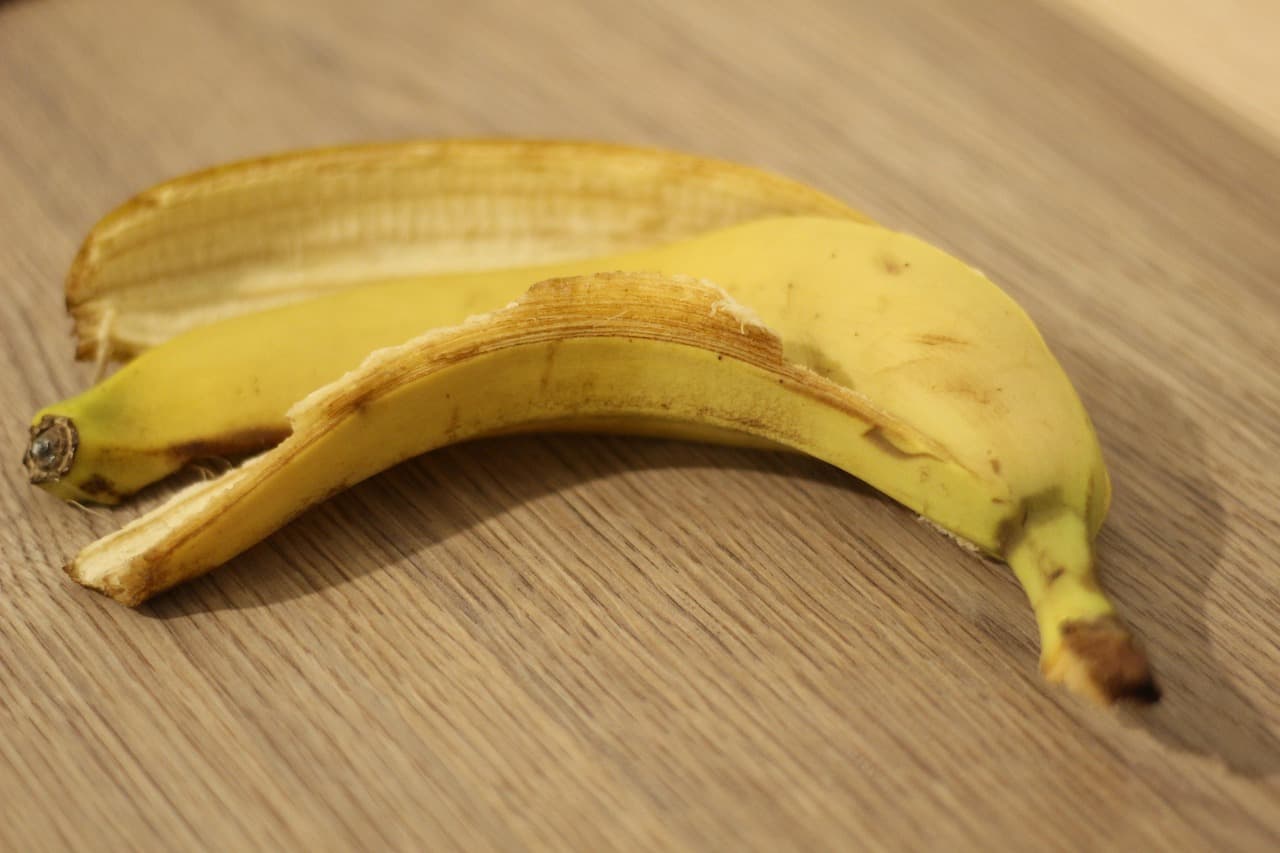How Japanese Distinguishes Between Different Types of “Skin”
In English, we use words like skin, peel, shell, and leather to describe outer layers or surfaces.
In Japanese, however, these ideas are divided into several distinct words depending on the nature of the object and how it is used.
A human’s body surface, a fruit’s outer layer, and processed animal hide are all “skins,” yet each has its own term in Japanese.
Let’s look at five important words — 皮 (かわ), 殻 (から), 肌 (はだ), 皮膚 (ひふ), and 革 (かわ) — and see how they differ, along with typical collocations.
皮 (かわ)
皮 refers to a soft, flexible outer covering.
It can describe the outer layer of fruits, vegetables, animals, or even parts of the human body.
Depending on context, it corresponds to skin, peel, or rind in English.
Common combinations include:
りんごの皮 (ringo no kawa, apple peel),
バナナの皮 (banana no kawa, banana peel),
じゃがいもの皮 (jagaimo no kawa, potato skin),
スイカの皮 (suika no kawa, watermelon rind),
鶏肉の皮 (toriniku no kawa, chicken skin),
魚の皮 (sakana no kawa, fish skin),
ヘビの皮 (hebi no kawa, snake skin),
手の皮 (te no kawa, skin on the hand),.
It often appears with verbs like むく (to peel), はぐ (to strip off), or むける (to come off).
The nuance of 皮 is natural, soft, and somewhat organic.
殻 (から)
殻 refers to a hard outer covering that protects something inside.
It corresponds to shell or husk in English.
Unlike 皮, it is rigid and must be cracked or broken to reach the inside.
Common combinations include:
卵の殻 (tamago no kara, eggshell),
貝の殻 (kai no kara, seashell),
カニの殻 (kani no kara, crab shell),
ピーナッツの殻 (piinattsu no kara, peanut shell),
もみ殻 (momi gara, rice husk).
It is often used in phrases such as 殻を割る (to crack a shell) or 殻を破る (to break out of one’s shell), which can also have metaphorical meanings like overcoming one’s limits.
殻 emphasizes hardness and protection rather than softness.
肌 (はだ)
肌 refers to the surface of the human body, especially as seen or felt.
It focuses on appearance and texture rather than anatomy.
In English, it can correspond to skin, complexion, or texture.
Common combinations include:
肌がきれい (hada ga kirei, beautiful skin),
肌の色 (hada no iro, skin tone),
肌ざわり (hadazawari, texture or feel),
乾燥肌 (kansou hada, dry skin),
肌荒れ (hada are, rough skin),
肌寒い (hada samui, chilly or cool on the skin),
肌身 (hadami, one’s body, often used metaphorically).
There are also idiomatic uses like 肌が合う (“to get along naturally with someone”) or 肌で感じる (“to feel directly”).
While 皮膚 is scientific, 肌 belongs to daily, emotional, and sensory expressions.
皮膚 (ひふ)
皮膚 refers to the skin as a biological organ that covers the body.
It is the scientific or medical term for skin.
While 肌 is used in daily language, 皮膚 appears in academic or clinical contexts.
Common combinations include:
皮膚科 (hifuka, dermatology),
皮膚病 (hifubyou, skin disease),
皮膚ガン (hifugan, skin cancer),
皮膚炎 (hifuen, dermatitis),
皮膚組織 (hifu soshiki, skin tissue),
皮膚の色 (hifu no iro, color of the skin).
It is used when describing functions, conditions, or medical treatment rather than appearance or feeling.
革 (かわ)
革 refers to animal skin that has been processed and tanned into a durable material.
It corresponds to leather or hide in English.
Where 皮 refers to natural skin, 革 represents the same material after processing.
Common combinations include:
革のジャケット (kawa no jaketto, leather jacket),
革靴 (kawagutsu, leather shoes),
牛革 (gyuugawa, cowhide),
本革 (hongawa, genuine leather),
合皮 (gouhi, synthetic leather),
革製品 (kawaseihin, leather goods).
This distinction between 皮 (unprocessed) and 革 (processed) is unique to Japanese and shows how language reflects the material’s transformation.
Summary
皮 expresses soft outer layers of things like fruits, animals, or body parts.
殻 represents hard shells that protect what is inside.
肌 is the visible or tangible surface of the human body, linked to appearance and touch.
皮膚 is the anatomical or medical term for skin as an organ.
革 means processed animal hide, or leather.
Consider these examples:
りんごの皮をむく (to peel an apple),
卵の殻を割る (to crack an eggshell),
肌を手入れする (to care for one’s skin),
皮膚科に行く (to go to a dermatologist),
革のバッグを買う (to buy a leather bag).
All describe “outer layers,” yet each word carries its own sphere of meaning.
Understanding these differences allows you to sense the precision and richness of Japanese vocabulary.
